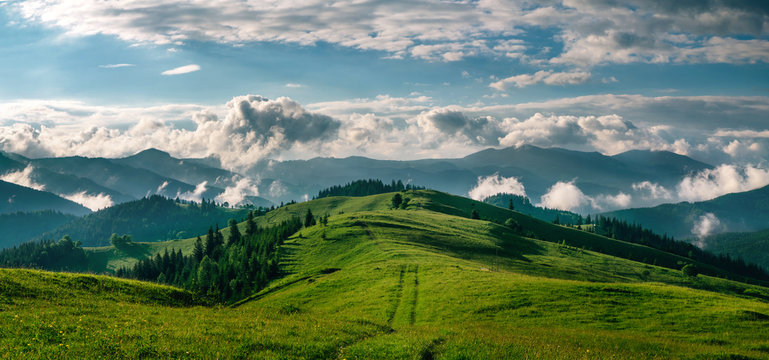Art Bounty
Discover the vibrant world of art and creativity.
Nature's Camera: Capturing the Unseen
Discover the hidden beauty of nature through stunning photography that reveals the unseen wonders of our world. Click to explore!
The Art of Wildlife Photography: Tips for Capturing Nature's Intricacies
The art of wildlife photography lies in the delicate balance between patience and skill. To truly capture nature's intricacies, photographers must first understand their subjects. This means spending time in the environment where the wildlife exists, observing their behaviors, and learning their habits. Use these tips to enhance your photographic journey:
- Choose the right equipment: A telephoto lens is essential for capturing wildlife from a distance without disturbing them.
- Focus on lighting: Early mornings and late afternoons provide the best natural light for stunning shots.
Once you are familiar with the wildlife and have the right gear, it's crucial to master your camera settings. Consider using manual mode to have complete control over exposure, shutter speed, and aperture. Remember to be discreet and patient while waiting for the moment when nature reveals itself. Techniques like silhouette shots during sunset can add a unique artistic element to your portfolio. Don't forget to capture the interactions between animals, as these moments often tell the most compelling stories in wildlife photography.

Exploring the Secrets of Nature's Color Palette: A Photographer's Guide
Exploring the secrets of nature's color palette is an enchanting journey that every photographer should embark upon. Nature is a master artist, blending hues seamlessly to create breathtaking landscapes that tell stories through their colors. Understanding the psychology of colors in nature can elevate your photography, allowing you to capture stunning images that resonate with viewers. For example, the vibrant reds and oranges of a sunset can evoke feelings of warmth and nostalgia, while the cool blues and greens of a forest scene can instill a sense of calm and serenity.
To truly harness nature's color palette, consider the following tips:
- Golden Hour: Shoot during the golden hour shortly after sunrise or before sunset for soft, warm lighting.
- Complementary Colors: Look for scenes where colors complement each other, such as the rich greens of foliage against bright floral colors.
- Seasonal Changes: Embrace seasonal transitions; each season brings its unique palette, from the rich reds and yellows of autumn to the fresh pastels of spring.
How to Capture the Hidden Life of Insects and Microorganisms in Your Backyard
Capturing the hidden life of insects and microorganisms in your backyard can be a fascinating and rewarding endeavor. Start by selecting a variety of observation techniques, such as using a magnifying glass or a microscope to closely examine creatures and their habitats. Begin your exploration in areas rich in biodiversity, such as under decaying leaves, in the soil, or near water sources. Keep a notebook handy to document your findings and note the various species you encounter, ensuring you include information on their behaviors and interactions within the ecosystem.
To enhance your backyard observation experience, consider setting up a few simple traps or containers to collect samples of these minuscule wonders. For instance, a pitfall trap can attract crawling insects, while a water trap can capture aquatic microorganisms. As you study these specimens, remember to observe them responsibly by returning them to their natural habitat after your exploration. By nurturing your curiosity and adopting a careful approach, you will uncover the incredible diversity of life that thrives just outside your door.